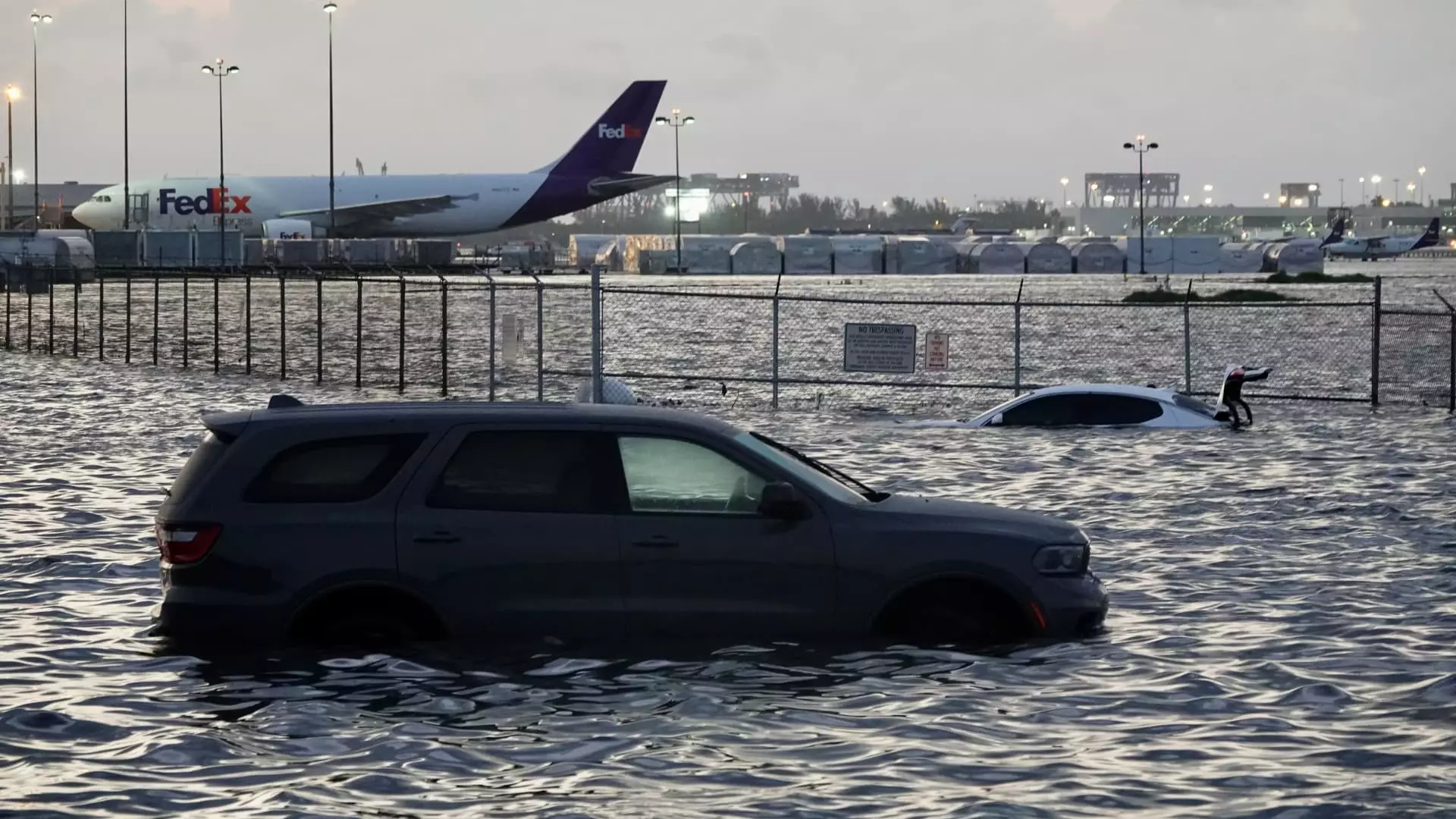The American infrastructure landscape is dangerously fragile, teetering on the edge of deterioration under the relentless weight of climate change. Despite the nation’s reputation for engineering prowess and technological ingenuity, critical systems such as airports, bridges, and communication networks are succumbing to increasingly frequent and severe weather events. This crisis is not hypothetical; it is visible in the everyday chaos faced by travelers stranded by flooded runways or trapped bridges stuck open from thermal expansion. The reality is stark—our infrastructure, largely built for a different climate, is unprepared and rapidly deteriorating. Neglect, combined with shortsighted policies, has transformed what should be a resilient backbone of national stability into a ticking time bomb.
Ignoring Science, Endangering Lives
It is infuriating that much of this vulnerability stems from a systemic dismissal of scientific guidance. Climate experts repeatedly warn that current infrastructure designs are inadequate against the mounting onslaught of extreme weather—yet, political ideologies, particularly under the Trump administration, deliberately undercut these warnings. Essential agencies tasked with advancing climate science and safety—NOAA, FEMA, NIST—were gutted, hamstringing efforts to prepare and adapt. This isn’t merely governmental neglect; it’s a reckless gamble with public safety and economic stability. As extreme heat, hurricanes, floods, and wildfires become more intense and unpredictable, the absence of robust, science-backed infrastructure planning threatens to plunge regions into chaos and economic decline.
Economic Consequences and Risk Exposure
The financial repercussions are equally alarming. Future investment in America’s aging infrastructure faces a perilous landscape where repair and adaptation costs are ballooning exponentially. According to the American Society of Civil Engineers, a staggering $3.7 trillion is needed within a decade just to bring existing infrastructure to a basic functional level. This gap underscores an urgent need for increased federal and state funding—yet political dithering, cuts, and ideological resistance hinder progress. Meanwhile, climate risk analytics firms reveal troubling data: nearly 20% of critical power infrastructure and over 12% of airports in the U.S. face major threats from floods, wildfires, and windstorms. These vulnerabilities threaten not only economic stability but also national security and the health of millions of Americans.
Investment and the Future of Resilience
Modern investment strategies are increasingly reflecting the harsh reality that climate change must be central to infrastructure planning. Financial institutions and investors recognize that turning a blind eye to climate risk is no longer sustainable—or acceptable. JPMorgan Chase’s climate risk advisors are now advising clients to incorporate resilience measures, insurance adjustments, and forward-looking capital deployment to safeguard assets. But without adequate government support and funding, these efforts remain fragmented and insufficient. True resilience requires a comprehensive national strategy—one bold enough to confront the realities of climate science and ambitious enough to rebuild America’s infrastructure from the ground up.
A Reckoning with Political Inaction
The greatest obstacle remains political will—or the lack thereof. Voluntary measures and technological fixes are inadequate in the face of an escalating crisis. Disinvestment, regulatory rollback, and the suppression of scientific research threaten to leave Americans increasingly vulnerable. The recent rollback of resilience programs like FEMA’s Building Resilient Infrastructure and Communities exemplifies this dangerous trend. Investing in deterioration is investment in disaster; neglecting science is courting catastrophe. For the U.S. to truly combat its infrastructure failings, it must confront its political paralysis and commit to scientific integrity, adequate funding, and forward-looking policies that prioritize resilience over short-term ideology.

